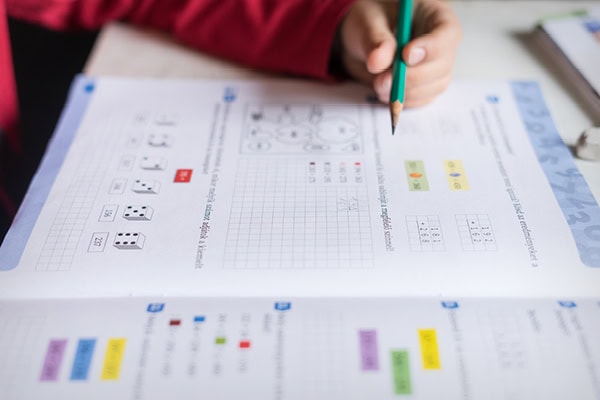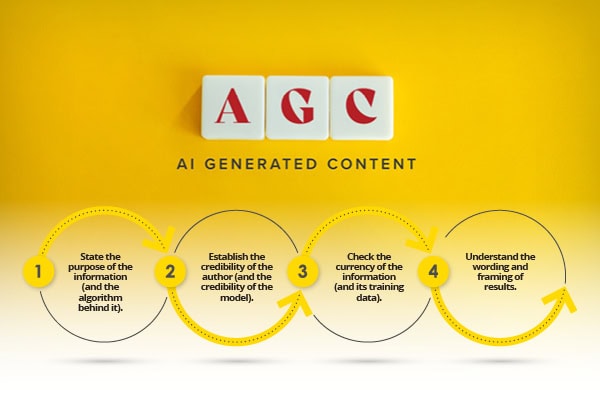Schools constantly collect student data. Nearly every day, schools record a student’s academic, assessment, attendance, behavior and social and emotional learning information in multiple software programs, according to an article in K-12 Dive.
But accessing data — in simplified views for insights and analytics — is difficult.
According to the 2023 Education Focus Report:
- The No. 1 challenge from district leaders is connecting data across systems; the No. 3 challenge is achieving a data analytics view of the whole child
- 63% of school leaders say that improving assessments, reporting and data-driven decision-making is a top priority
Data, when accessible, can transform education by supporting personalized education for every student. When educators and administrators can bring data together with K-12 educational and operational technology, they can help students learn in a way that’s right for them—delivering an experience designed for each student.
That technology includes a modern set of interoperable tools that empower educators with access to usable data. This toolset includes:
- Fully managed data as a service (DaaS) platform specifically for K-12
- Assessment product with self-discovery reporting tools to leverage past years’ assessment results, attendance, behavior and SEL data
- Intuitive analytics and data management software for a complete picture of schools, classrooms and students
- Complete MTSS solution allowing educators to identify and track student needs with extensive inputs, conduct and monitor interventions and review MTSS framework efficacy
- Student data analysis software helps better understand students unprepared for college or the workplace
- Connected P20W data system allows education and government agencies to securely unify, integrate and access all source system information in a state-specific data cloud
A DaaS platform removes data silos by making the most efficient, effective use of the massive amounts of data generated across source systems.
A modern, integrated assessment software product can provide teacher-friendly reporting that helps with the self-discovery of data. Teaching would be transformed if teachers could quickly find out how many of their students with IEPs missed more than 10 days last year, had a “D” or “F” on their final report card and did not pass the state summative assessment for the subject they teach.
Assessment products can let teachers assess where students are compared with past results. And, with the right assessment product, they can save time thanks to collaboration with Open AI services to create AI-generative assessment items in minutes instead of hours, personalized to each student’s mastery level and aligned to the standards they teach.
Educators need a one-stop solution that provides the digital history of each student. With a modern student analytics solution, educators can easily see correlations between data points like attendance, academics, assessments, behavior and SEL.
Student data analysis software can use a school or district’s National Student Clearinghouse data to identify and verify student performance after high school. Educators and administrators can enhance their data-driven decision-making with rich dashboards focused on post-secondary success in trade, two-year and four-year institutions—and position students for long-term success.
There is huge potential when utilizing integrated edtech products. The right set of solutions and functionality breaks down data silos, empowers teachers with robust assessment tools and provides comprehensive student analytics to gain deep, integrated insights into each student’s complete set of data to personalize their education.
K-12 Dive





